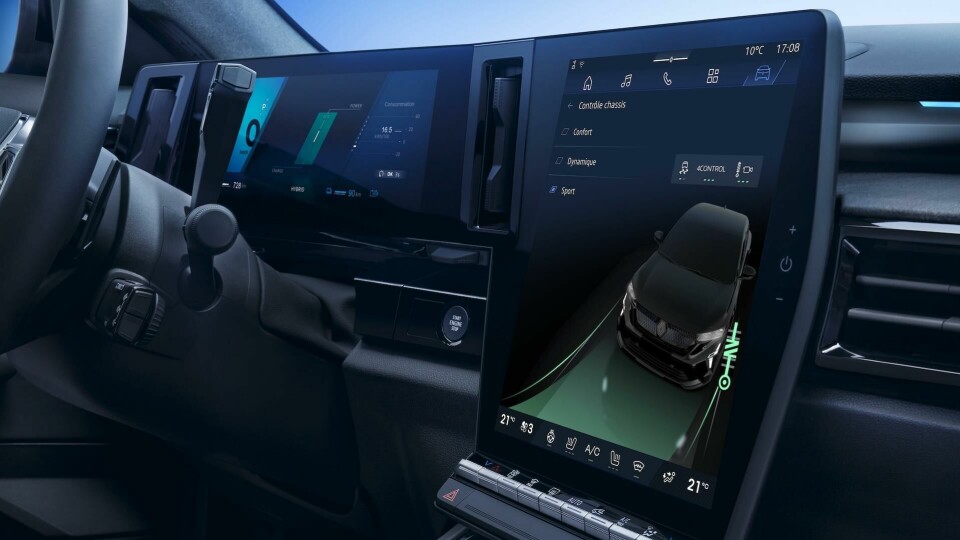
UX becoming “increasingly versatile” says Renault designer
Olivier Daillance discusses the impact of new Euro NCAP guidance on UX, leveraging his skills as a graphic designer and how AI will make for intuitive cockpits
This year has been a busy one for Renault with seven new vehicle launches across its global markets. Car Design News spoke with Olivier Daillance, UX/UI design manager at Renault Group, to understand what the future of UX might look like. Daillance is approaching his third anniversary with the group which he joined after nearly 17 years as a graphic design manager at the PSA Group.
Car Design News: What do you see for the future of UX at Renault?
Olivier Daillance: The future of UX at Renault Group looks promising and dynamic! While vehicles tend to offer increasingly consistent performance on the market, Renault Group stands out for the experience it offers on board its vehicles. UX becomes a strategic lever, transforming driving into an experience that is not only more fluid, intuitive and enjoyable, but also safer.
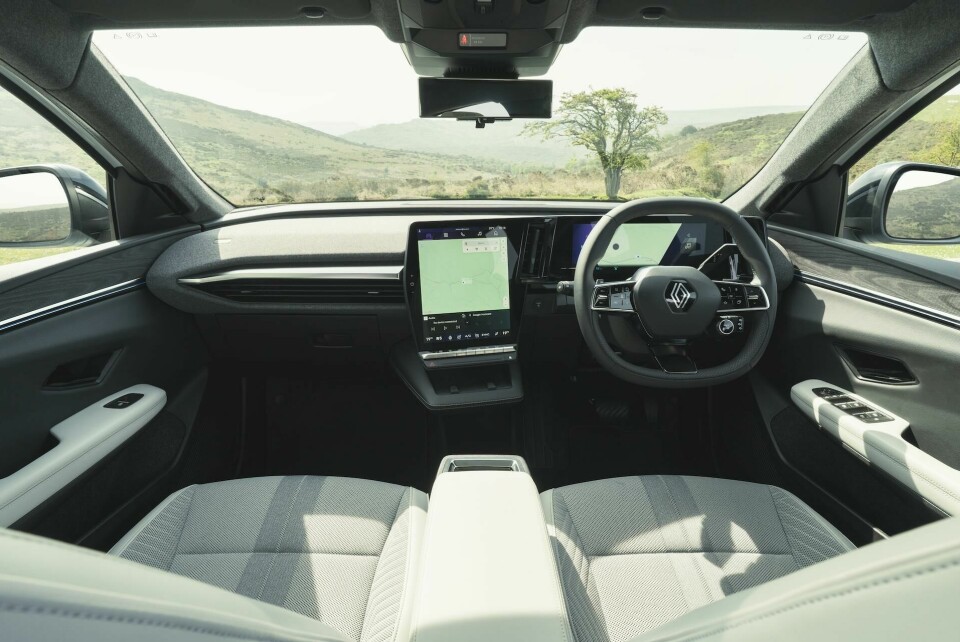
Renault Group is fully aware of the importance of offering a complete and coherent user experience. The design department has established a dedicated entity, EXPERIENCE UX/UI, which is driving innovation in user experience. This team works closely with the marketing and engineering departments to develop UX strategies adapted to each brand of the group.
The future of UX at Renault Group is also shaped by the emergence of new technologies, changing user expectations and the transition to more connected and sustainable mobility. New technologies such as artificial intelligence will increasingly influence vehicle interfaces, creating intelligent and personalised environments and offering enriched driving experiences, scalable in real time, and user-centric.
CDN: How will technology play a role in UX beyond screens?
OD: The evolution and democratisation of new technologies allows us to invent new ways of interaction between the user and the ecosystem of our vehicles, making advanced technologies more accessible and affordable to a wider audience. At Renault Group, and more specifically in my area of activity, this democratisation involves designing user interfaces that are both rich in functionality and customisation features and simple to use, all at a contained price. Artificial intelligence is undoubtedly the technology that will change the way we interact with the entire vehicle beyond the cockpit.
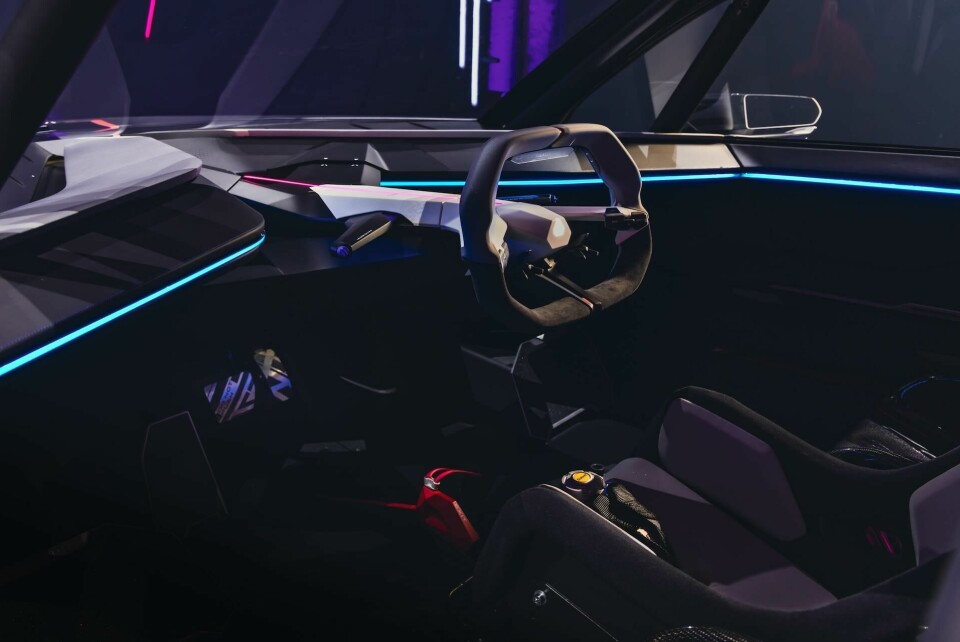
CDN: How will recent Euro NCAP guidance for tests from 2026 to require physical buttons for essential controls affect UX at Renault?
OD: Our CEO, Luca de Meo, has made user safety one of the main objectives of Renault Group, notably with the implementation of the human first programme. For example, we can mention new features required by these new guidelines such as the Safety Coach or Safety Score that we already find in our 2024 vehicles. Our agile organisation allows us to adapt effectively to future European regulations. Moreover, these constraints are intellectually motivating for the designers we are.
Our systems are becoming increasingly versatile and adapt intuitively and intelligently to our needs
The right balance has to be found between physical controls and digital controls. Controls such as hazard lights, air conditioning and sound volume should remain physical buttons to ensure ease of use and safety, particularly while driving. On the other hand, screens can be used for more dynamic functions, such as navigation, media and customised settings. The aim is to ensure that essential functions are accessible without distraction, while screens provide a more flexible and customisable interface for other functions.
CDN: UX is often understood as the interaction between occupants and the interior, but how will Renault innovate unique UX experiences outside of the car?
OD: Indeed the experience of our customers and our users begins at home or at work, the electrification of the fleet generates new needs around charging phases or trip planning for example. With this in mind, we focus our research on the customer journey, specific to each of our brands because. Obviously, the experience with a Renault car cannot be the same as with an Alpine or a Dacia.
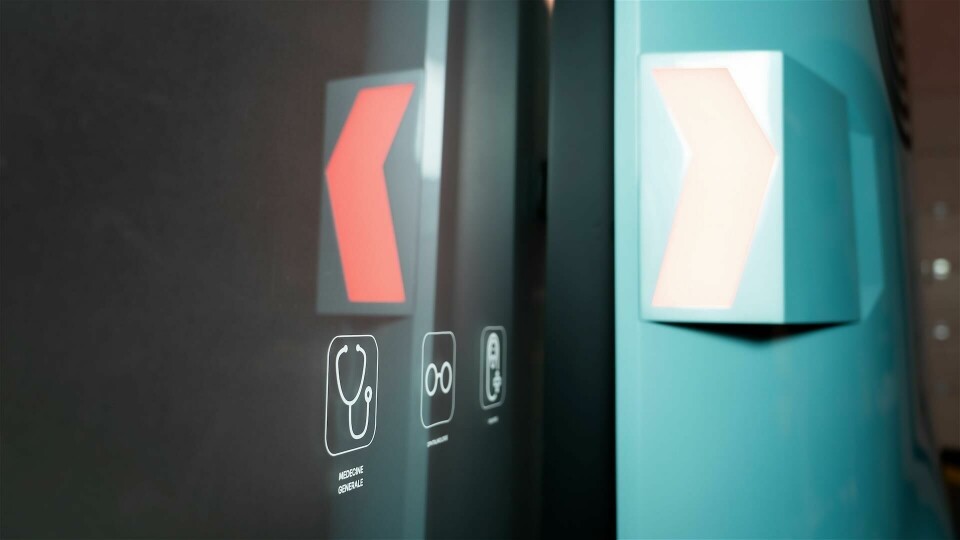
To illustrate this point, our design experience department devotes a specific space within the workshops to experiment with the different stages of these customer journeys. Our playground is expanding, new ways of interacting with the automobile object are born thanks to new technologies: we are living in an exciting time where the transformation or even the mutation of the automobile object has never been so strong in such a short period. We can expect great surprises in the near future.
We use dedicated UX/UI workshop spaces to simulate and test the different stages of the customer journey in real time. These spaces allow the team to create mock-ups of the vehicle interior and use various scenarios to see how customers interact with the different design elements. This hands-on experimentation helps to understand the practical application of design concepts and to gather direct feedback. The team can test aspects such as ergonomics and ease of use of the interface to ensure that the final product meets customer expectations.
CDN: You have a background in graphic design – how does that inform your approach to UX?
OD: One of the main objectives of graphic design is to carry a message that characterises and identifies a brand in a unique way, this technical and cultural background helps to design exclusive identity experiences for each brand.
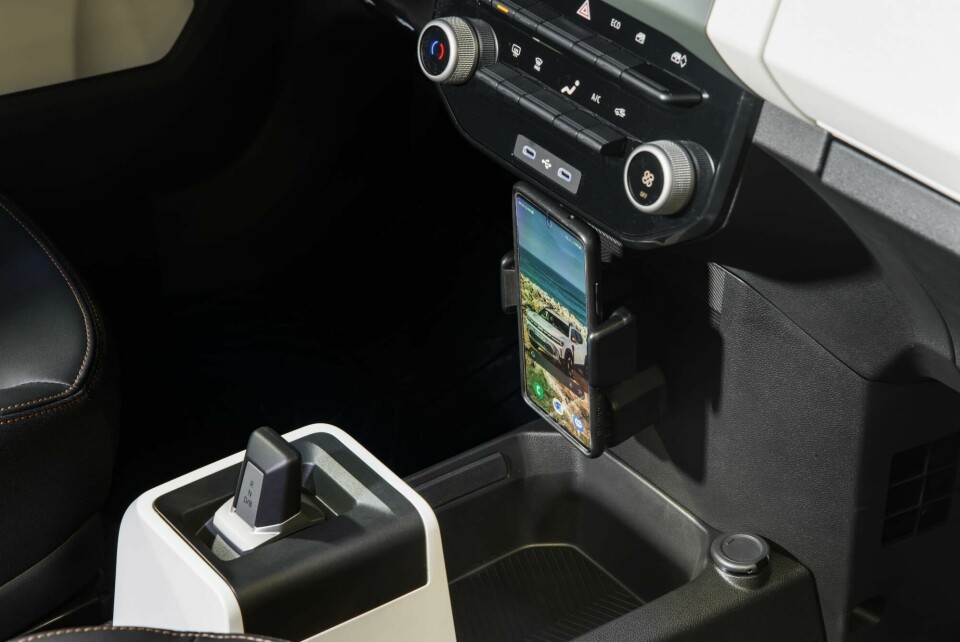
CDN: What features can we expect to see more of? And less of?
OD: In reality, it will depend on the future needs of our users. Our systems are becoming increasingly versatile and are designed to adapt intuitively and intelligently to our needs. Thus, what is considered useful for one will not be useful for another, the idea is that our customers have the ability to interact à la carte with the features they really need.
CDN: How do you expect AI to influence UX?
OD: AI is expected to have a significant impact on UX by making interfaces more intuitive and responsive to the needs of drivers and passengers. For example, AI can enable predictive interfaces that anticipate user actions, reducing the number of steps required to complete a task. In a car setting, AI can adjust the vehicle’s settings like seat position, climate control, and music preferences based on the driver’s previous behaviour. It can also enhance safety features by monitoring the driver’s alertness and providing real-time feedback.
CDN: How do you see the role of the in-car screen evolving in the coming years?
OD: In the years to come, these screens will become even more interactive and personalised, offering seamless integration with smartphones and other intelligent devices. They will use AI to adapt to driver preferences and behaviour. Their integration into the passenger compartment and their format will also undoubtedly evolve very rapidly.



